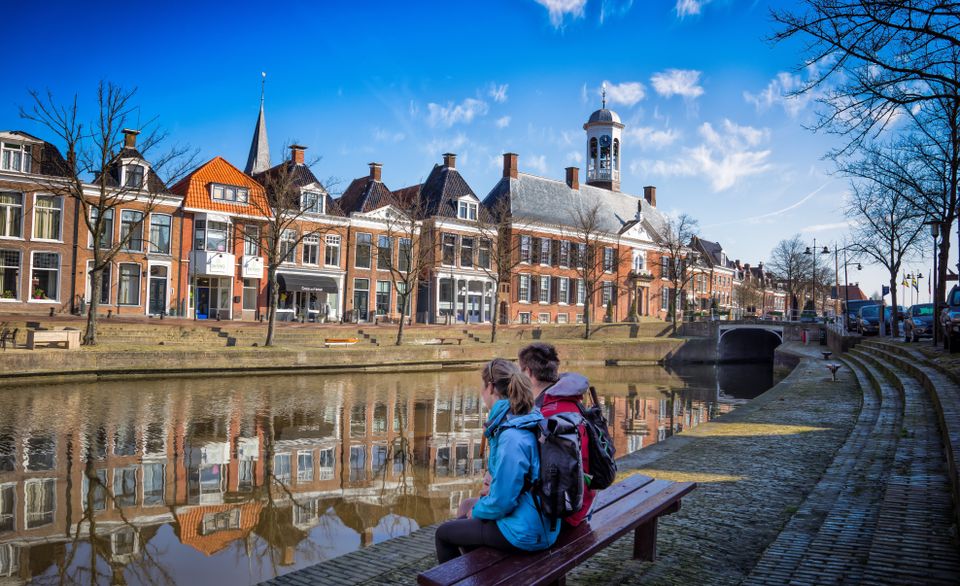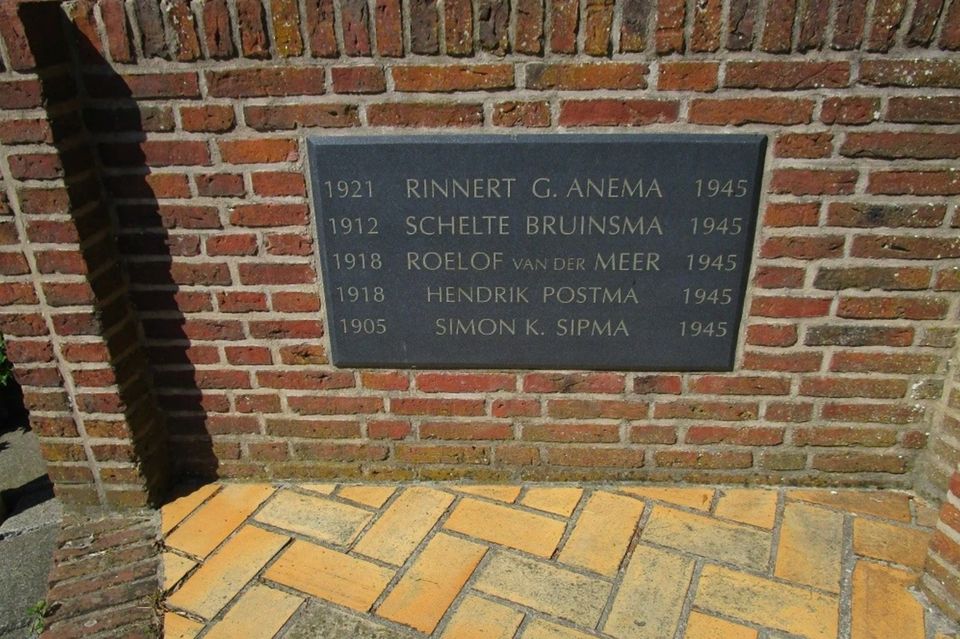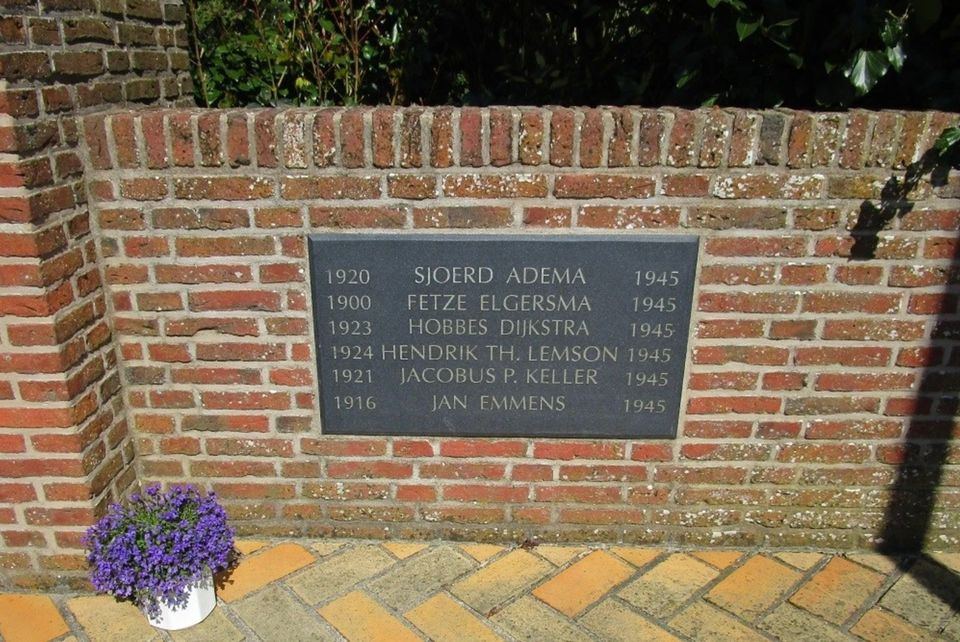Location
897 to 928 of 974 results
-
SUP Centre Fryslân
SUP Centre Fryslân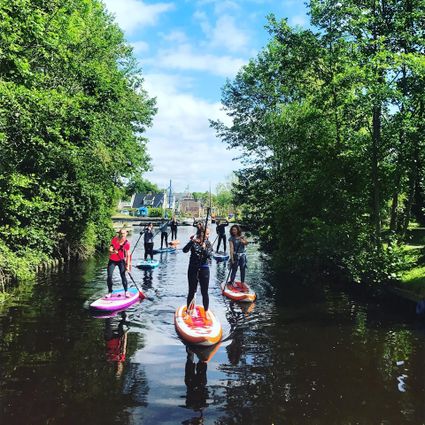 Rottevalle
Rottevallefrom your location
-
TOP Harkema
TOP Harkema Harkema
Harkemafrom your location
-
Galeslot
Galeslot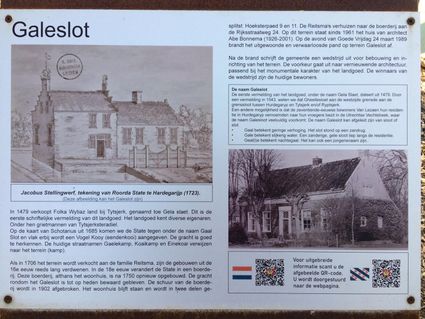 Hurdegaryp
Hurdegarypfrom your location
-
11Fountains Dokkum
11Fountains Dokkum Dokkum
Dokkumfrom your location
-
Headmaster Jakob Klok in the resistance
Headmaster Jakob Klok in the resistance
During the war, Jakob (Jaap) Klok ended up in the resistance in Dantumadeel, where he played an important role. At the time, he lived with his wife and four children in Akkerwoude, where he was headmaster of the school at Hearewei 13. He stayed there until 1947 and will always be remembered as "Headmaster Klok."
Jaap Klok was active socially and in politics as a member of the Dutch Social Democratic Labour Party (SDAP). When party meetings were banned by the German occupiers, Jaap imperceptibly became ever more involved in resistance activities. He passed on party information, distributed illegal newspapers, and looked for addresses for people in hiding. Jaap Klok joined the LO, the National Organisation for Aid to people in Hiding, and became the Akkerwoude village commander.
Although people did not know exactly what he did, it was known that he was in the resistance. Despite the fact that his name circulated among NSB members, he decided not to go into hiding, but instead tried to be even more careful and to sleep at home more often than not.
As the war drew to a close, Jaap became very busy. The Dutch government in exile was calling on railway workers to go on strike. The resistance arranged for the hiding. On 15 December 1944, a group of about sixty refugees from Arnhem arrived at his school. Jaap was indirectly involved in the evacuation committee, which was looking for addresses for the unfortunate Arnhem residents.
Shortly thereafter, he was warned at the schoolhouse that during a raid in Murmerwoude, explicit questions were asked about schoolmaster Klok. Jaap did not hesitate a second and quickly left the house. And not a moment too soon, as ten minutes after his departure the Germans were already on his doorstep. From that moment on, Jaap knew that he had to be very careful. He hardly ever slept at home anymore.
From January 1945 onwards, the situation became explosive. After the discovery of weapons on a farm in Aalsum, the Germans became fanatical. They relentlessly hunted down resistance fighters and used any means to make those who were caught talk. The name "Jaap Klok" was also mentioned during these interrogations. Sufficient reason to leave then and there, with his whole family. The children stayed with relatives. He and his wife went into hiding elsewhere.
During the last weeks of the war, Jaap was very busy. Much had to be organised and discussed within the resistance to expel the Germans and prepare for the arrival of the Canadians. Just before Dantumadeel was liberated, the inhabitants were already beside themselves with joy. They raised the flag and took to the streets en masse to celebrate. Because of his resistance work, Jaap knew exactly what the situation was with regard to the liberation. He climbed onto the balcony of the town hall and addressed the people. After all, the danger had not yet passed. Even when that was the case shortly thereafter, he ensured that peace was maintained among the population of Dantumadeel and thus prevented the molestation of a number of NSB members.
After the war, he held many administrative positions in the province of Friesland. In 1984, Jaap Klok died at the age of 91. Fifteen years later, a statue of him was erected in Akkerwoude, which was then called Damwoude, as a tribute.
From the book "De oorlog een gezicht geven" (deel 6) – Dantumadeel in de periode '40 - '45 by Yvonne te Nijenhuis and Reinder H. Postma
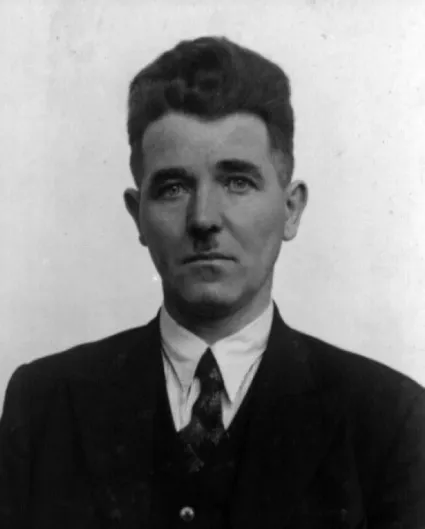 Damwald
Damwaldfrom your location
-
Wok Restaurant Lotusplaza
Wok Restaurant Lotusplaza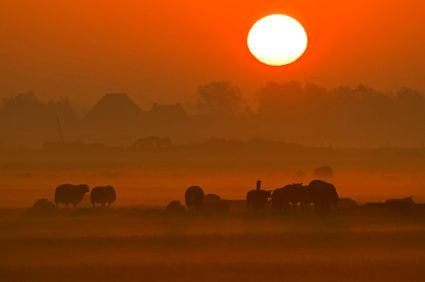 Feanwâlden
Feanwâldenfrom your location
-
Ameland - Ballumerbocht - Vogelkijkpunt
Ameland - Ballumerbocht - Vogelkijkpunt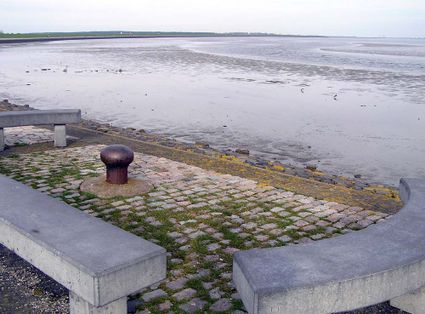 Ballum
Ballumfrom your location
-
e-Scooter Rottevalle
e-Scooter Rottevalle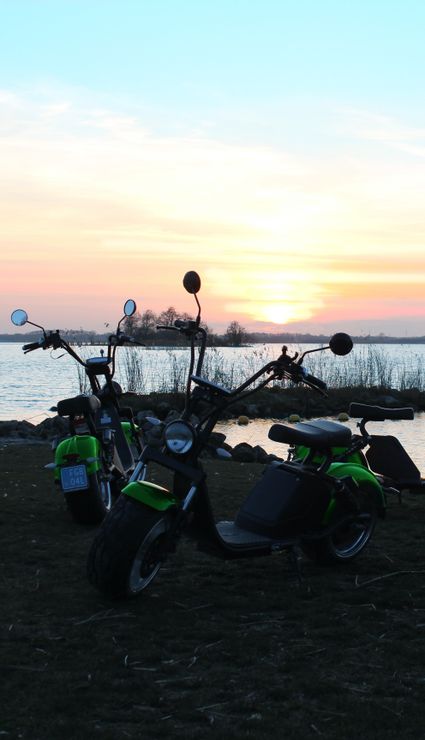 Rottevalle
Rottevallefrom your location
-
Schuilenburg Beach
Schuilenburg Beach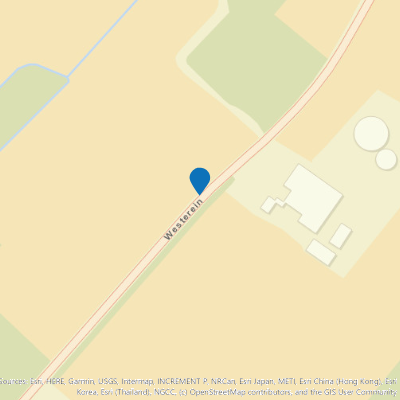 Drogeham
Drogehamfrom your location
-
Camping De Wedze
Camping De Wedze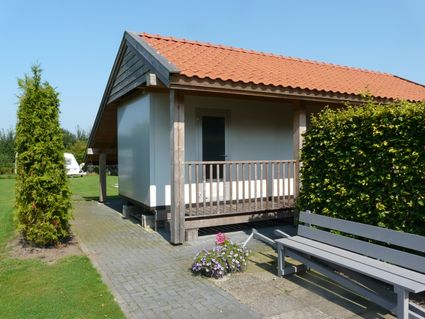 Twijzel
Twijzelfrom your location
-
De Guozzepôle
De Guozzepôle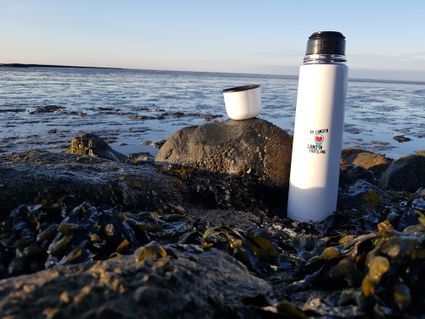 Anjum
Anjumfrom your location
-
Grutte Wielen
Grutte Wielen Leeuwarden
Leeuwardenfrom your location
-
Park Baayvilla's
Park Baayvilla's Lauwersoog
Lauwersoogfrom your location
-
Harkema (De Harkema)
Harkema (De Harkema)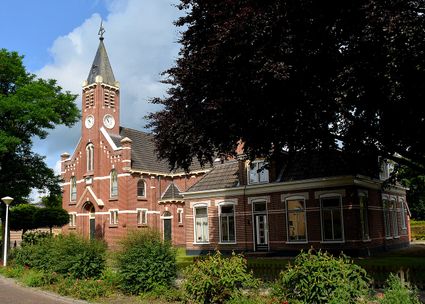 Harkema
Harkemafrom your location
-
Alde Feanen - Westersanning - Vogelkijkhut
Alde Feanen - Westersanning - Vogelkijkhut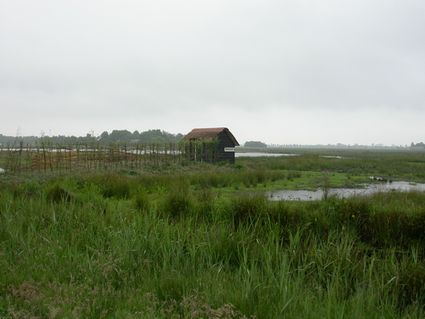 Oudega Gem Smallingerlnd
Oudega Gem Smallingerlndfrom your location
-
Molkwerum - Bocht van Molkwerum - Vogelkijkhut Swan
Molkwerum - Bocht van Molkwerum - Vogelkijkhut Swan Hindeloopen
Hindeloopenfrom your location
-
Miensker
Miensker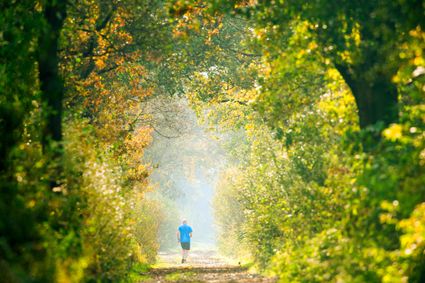 Burgum
Burgumfrom your location
-
Wâltsje
Wâltsje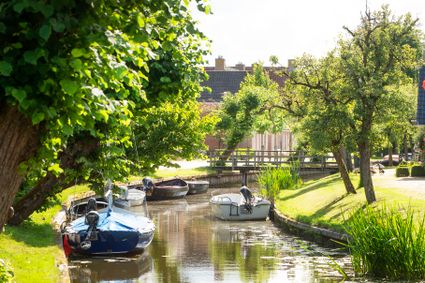 Eastermar
Eastermarfrom your location
-
Theetuin Blotevoetenhof
Theetuin Blotevoetenhof Opende
Opendefrom your location
-
The liberation of Friesland
The liberation of Friesland
By 18 April, the whole province of Friesland had been liberated, except for the Wadden Islands. Compared to other provinces, there was little fighting in Friesland. Overall, the few thousand German troops who had been unable to escape from Friesland were defeated by the Canadians relatively quickly.
The commander of the Royal Canadian Dragoons, Lieutenant Colonel Landell, praised the actions of the resistance by stating that "Friesland liberated herself". While that may be a bit of an exaggeration, the actions of the Frisian resistance undoubtedly accelerated the liberation. And reduced the number of casualties on the Allied side.
At least 31 resistance fighters lost their lives in confrontations with German troops and their Dutch accomplices. At least eleven Canadians and one Frenchman were killed on the Allied side. Dozens of civilian victims were also killed in the fighting and shelling. The number of casualties on the German side is not known, but it is believed that the number ran into hundreds. With 320 destroyed and 4000 damaged homes and 80 destroyed bridges, Friesland was materially the least damaged province of the Netherlands.
Many German soldiers fled towards the western part of the country. The retreating German troops gathered mostly in Harlingen, Makkum and Lemmer. From there, they tried to get away by boat across the IJsselmeer or via the Afsluitdijk to North Holland. The Wadden Islands also became a refuge for collaborators and German soldiers. Here, liberation was longer in coming.
On the island of Terschelling, the last German troops were disarmed by a British artillery regiment on 29 May. Two days later, the British crossed from Terschelling to Vlieland, and the liberation of that island was also a fact. Ameland was liberated on 3 June.
Personnel from the infamous Scholtenhuis, the SD headquarters in Groningen, had entrenched themselves on Schiermonnikoog. After their departure on 31 May, there was a celebration on the island, in spite of the six hundred members of the occupying troops who still were there. Only on 11 June did the last German soldiers leave Schiermonnikoog, and then the whole province of Friesland was free.
Most Canadian units that had liberated Friesland continued the battle in Groningen and North Germany after 18 April. Their war ended on 8 May 1945, when the surrender of all German armed forces became effective.
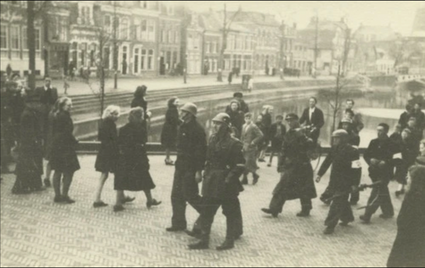 Eanjum
Eanjumfrom your location
-
Fierljeppolder en -museum
Fierljeppolder en -museum Noardburgum
Noardburgumfrom your location
-
Waddeninzicht botenverhuur
Waddeninzicht botenverhuur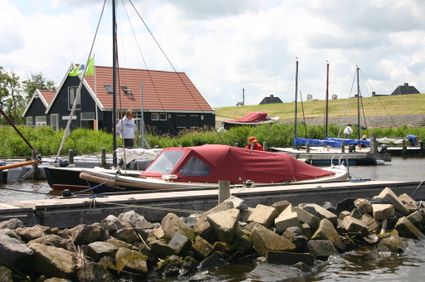 Anjum
Anjumfrom your location
-
Kerk Visvliet
Kerk Visvliet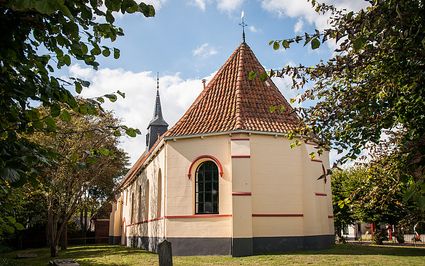 Visvliet
Visvlietfrom your location
-
Sneek (Snits)
Sneek (Snits)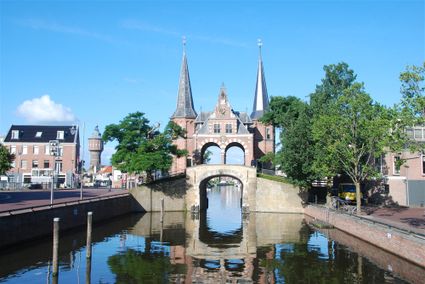 Sneek
Sneekfrom your location
-
Iestwei
Iestwei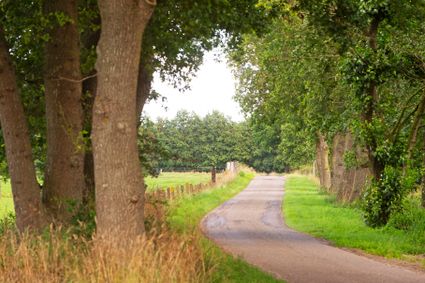 Sumar
Sumarfrom your location
-
Marboei MB43
Marboei MB43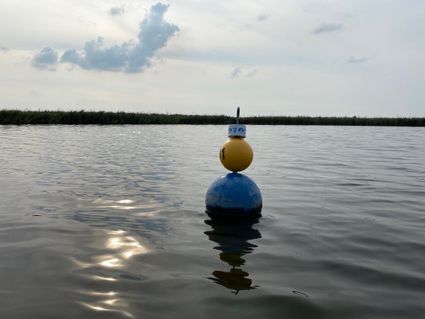 De Alde Feanen
De Alde Feanenfrom your location
-
Stadscafé Artisante
Stadscafé Artisante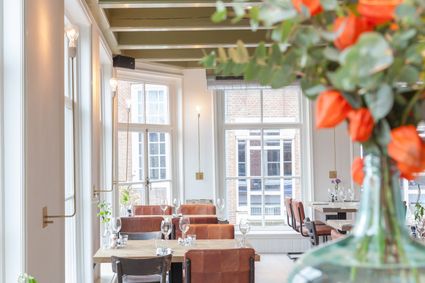 Dokkum
Dokkumfrom your location
-
Makkum War Memorial
Makkum War Memorial
By 16 April, the major part of Friesland had been liberated. But some important targets of the Canadians had not yet been achieved. They wanted to win the Frisian ports and the Head of the Afsluitdijk from the Germans as quickly as possible. But they would be hard fought. Both the ports and the Afsluitdijk were used by German soldiers to escape to North Holland.
As elsewhere in Friesland, the Canadians were helped by resistance fighters from the Dutch Domestic Armed Forces (N.B.S.) They suffered several casualties near Makkum. On 16 April, Schelte Bruinsma and Simon Sipma were killed in an attack on a farm in which the Germans had entrenched themselves. The next day, another group tried to occupy a bridge under Makkum. However, the Germans caught sight of them and in the ensuing gunfight, Rinnert Anema, Roelof van der Meer and Hendrik Postma were killed. Makkum was liberated on 18 April, as one of the last villages in Friesland.
The monument at the Buren in Makkum was unveiled in 1952 in commemoration of the members of the Dutch Domestic Armed Forces who were killed around the village during the struggle for liberation.
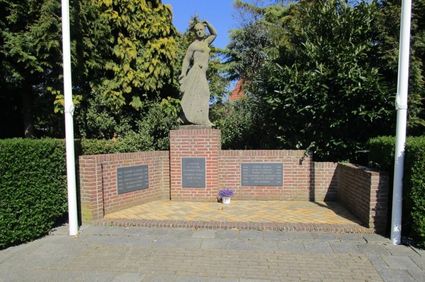 Makkum
Makkumfrom your location
-
Bonifatius Brewery
Bonifatius Brewery Dokkum
Dokkumfrom your location
-
Reitdiepsluis
Reitdiepsluis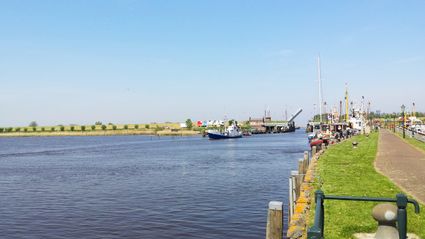 Zoutkamp
Zoutkampfrom your location
-
Ooievaarsdorp
Ooievaarsdorp Earnewâld
Earnewâldfrom your location
-
IJssalon en patisserie W’iis
IJssalon en patisserie W’iis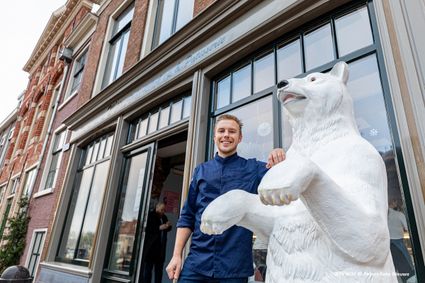 Dokkum
Dokkumfrom your location
